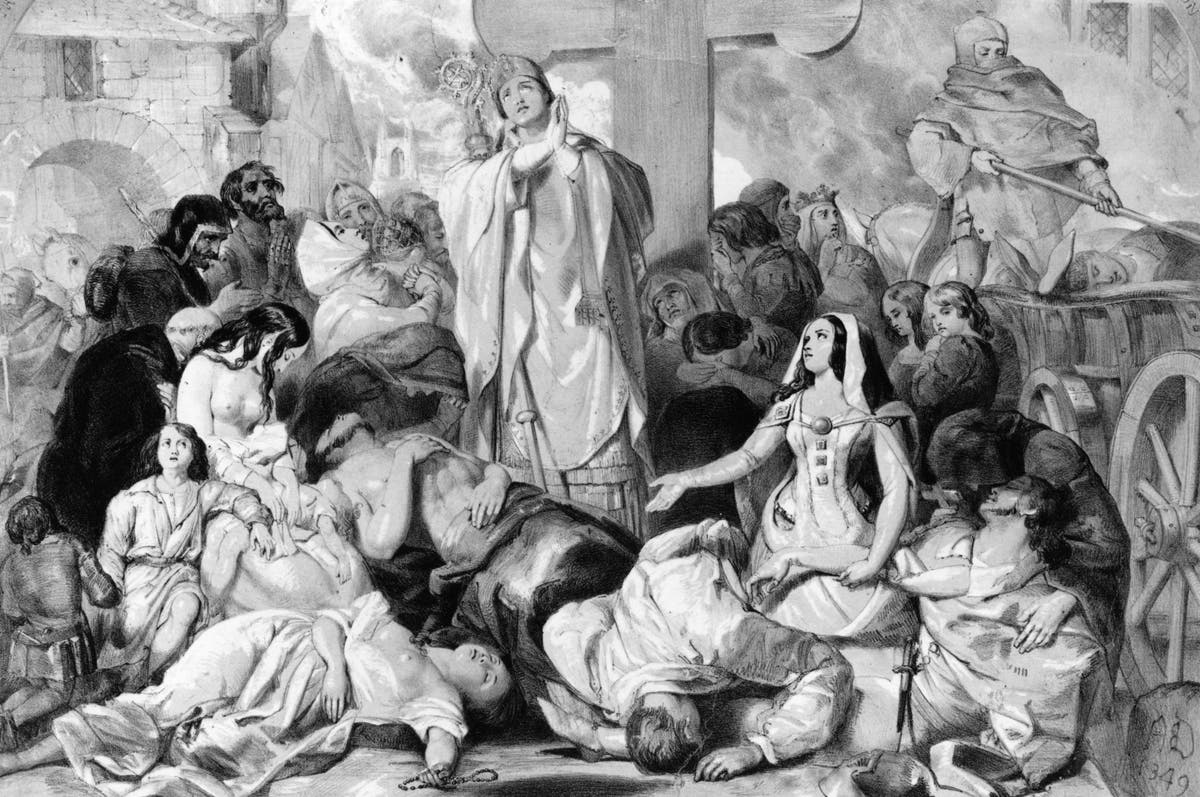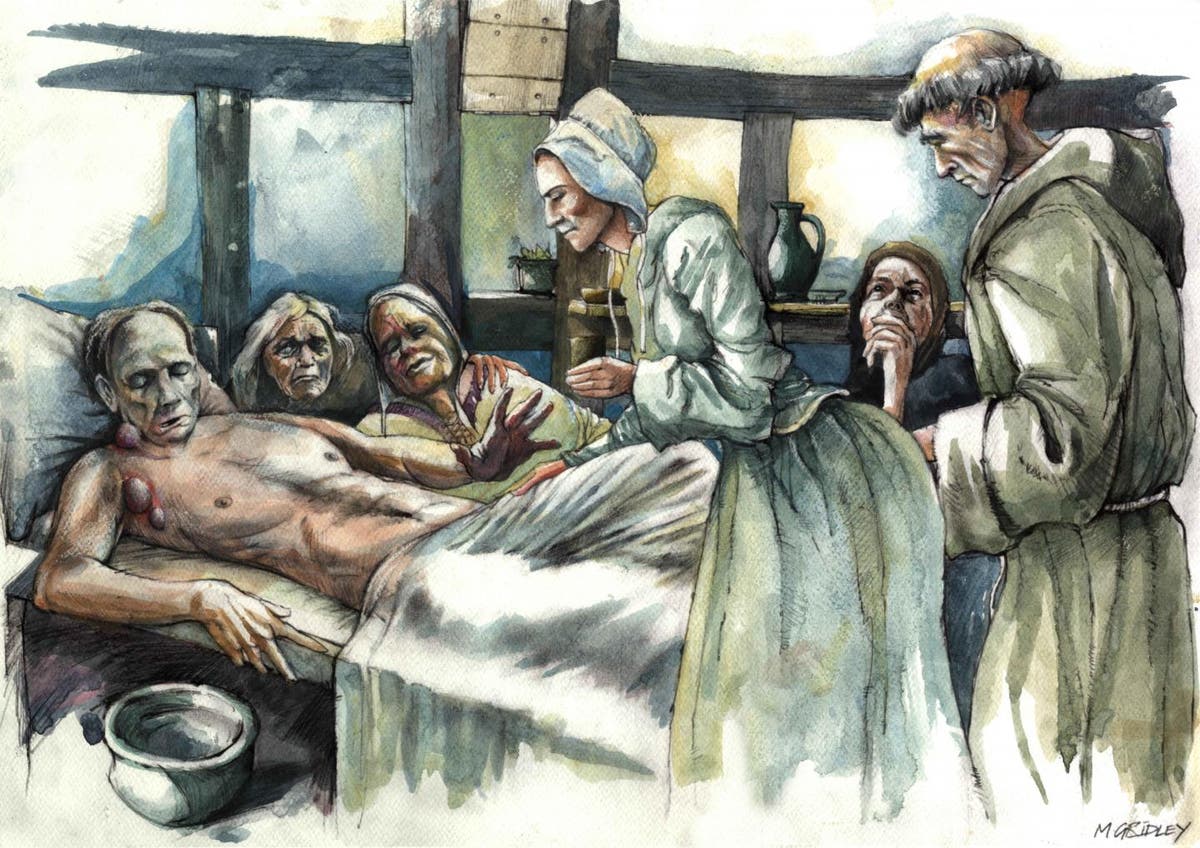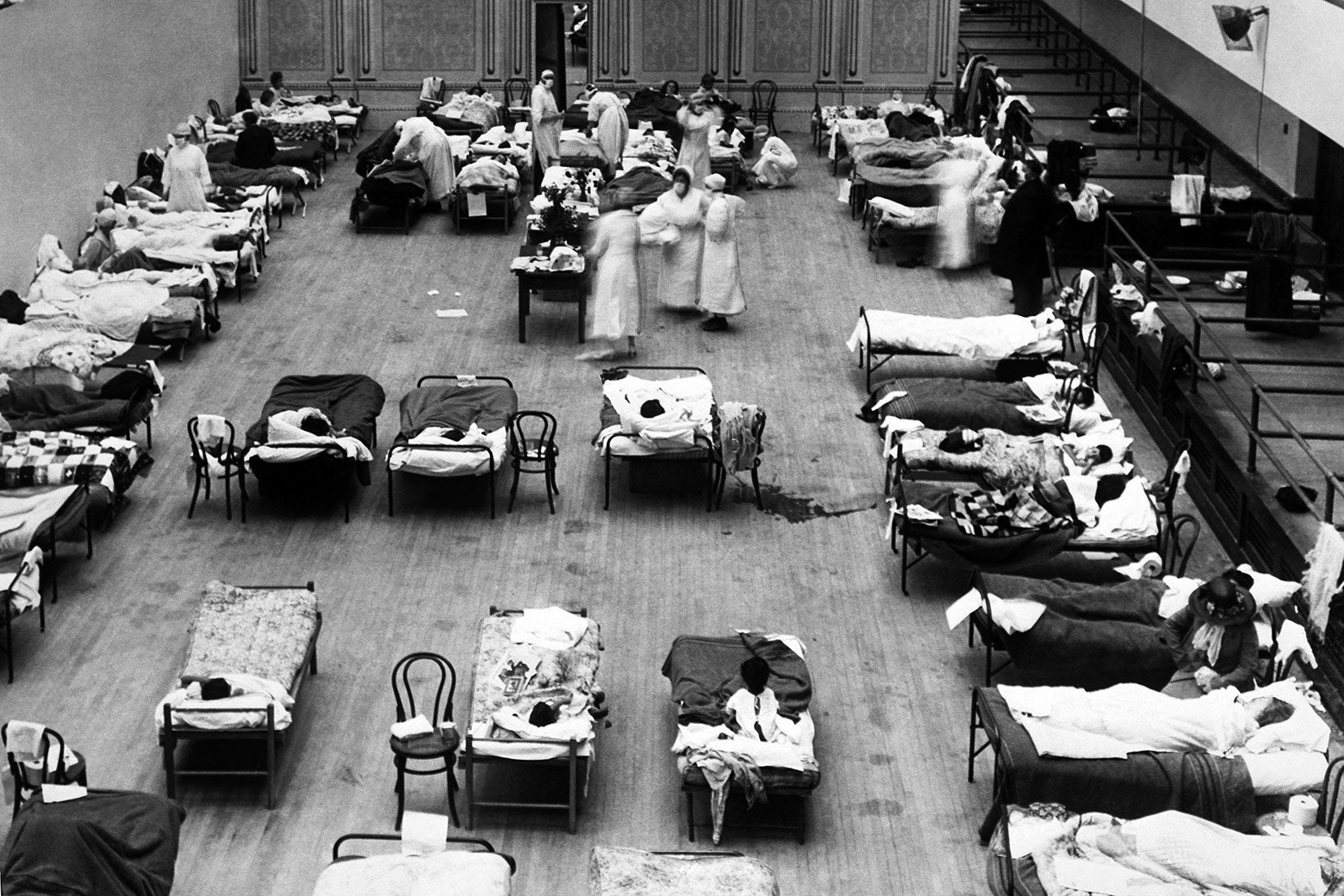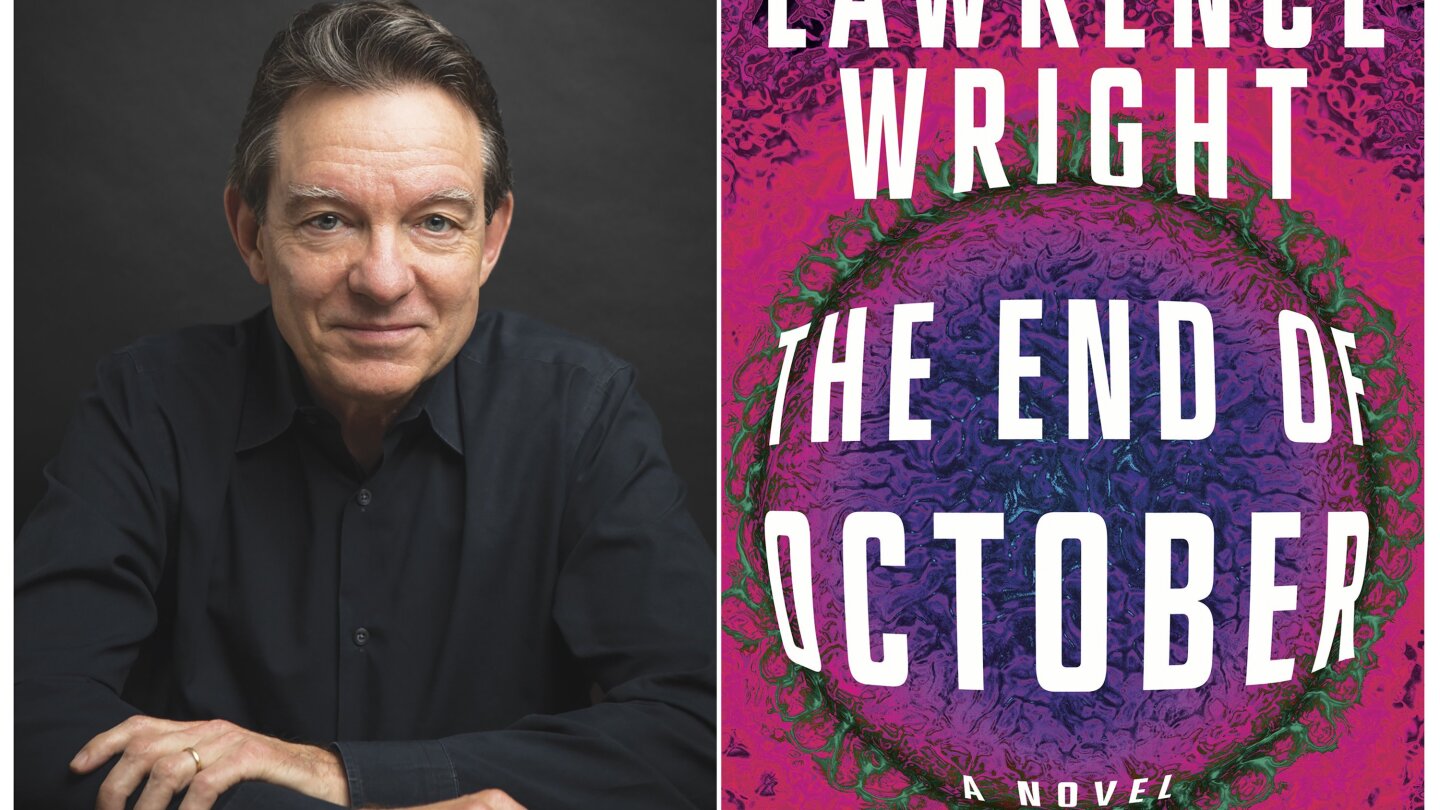Looking back at ‘La Peste’ by Albert Camus
The HinduWhen La Peste was published in 1947, it was read in part as an allegory of France’s plight under Nazi occupation during the Second World War. Soon on his rounds he sees rats everywhere, some dead, others alive, and one of his patients who has asthma wryly comments: “they’re coming out, have you noticed?” People start dying, local authorities reluctantly announce it’s a plague and the “intrinsically ugly” city is quarantined. The coming of the rats may be taken to echo any of the moral or literal pestilences that visits the world from time to time: “It was as though the very soil on which our houses were built was purging itself of an excess of bile, that it was letting boils and abscesses rise to the surface which up to then had been devouring it inside.” The reluctance of the municipality to call out the disease matches the reaction of the majority of the people, as the narrator notes: “Everybody knows that pestilences have a way of recurring in the world; yet somehow we find it hard to believe in ones that crash down on our heads from the blue sky. But eventually, he realises that though he doesn’t belong to Oran, the city’s fate is tied to him and he joins the band of “health workers.” Courage, fear, anxiety, selflessness, deprivation, selfishness — all aspects of human nature are acutely observed in the time of great despair. In his introduction to a new translation, Tony Judt writes that for Camus, as for Rieux, resistance was not about heroism at all — or, if it was, then it was the heroism of goodness: “.the only means of righting a plague is by common decency.” Judt argues that in the novel, “it was not ‘fascism’ that Camus was aiming at — an easy target, after all, especially in 1947 — but dogma, compliance, and cowardice in all their intersecting public forms.” When he got the Nobel Prize in 1957, the Academy said Camus’ work “illuminates the problems of the human conscience of our times.” In La Peste, when people erupt in joy as the disease wanes, Rieux wishes they knew better: “that the plague bacillus never dies or disappears for good; that it can lie dormant for years and years in furniture and linen chests; that it bides its time in bedrooms, cellars, trunks, and bookshelves, and that perhaps the day would come when, for the bane and the enlightening of men, it would rouse up its rats again and send them forth to die in a happy city.” The writer looks back at one classic every month.
History of this topic
Discover Related





)





)
)










)



)



)








